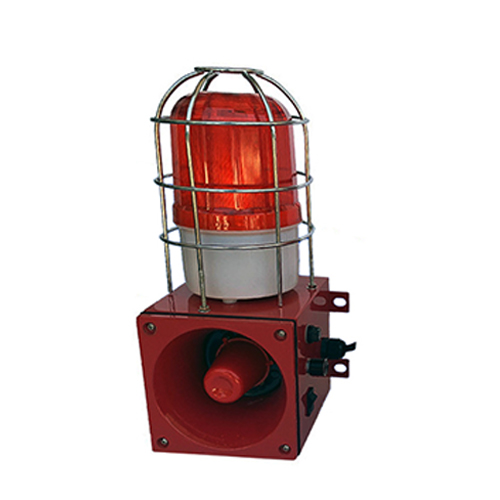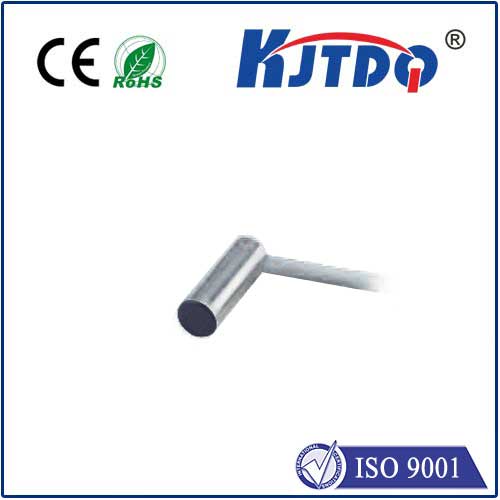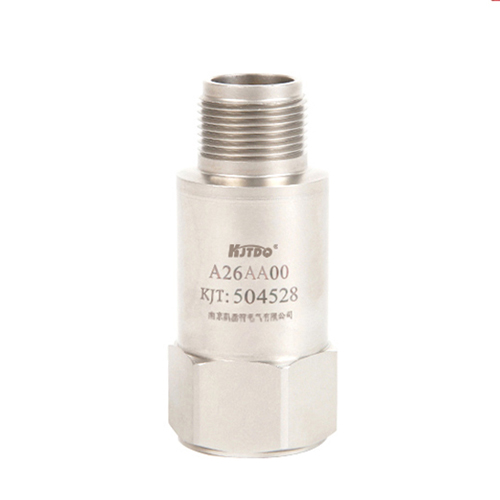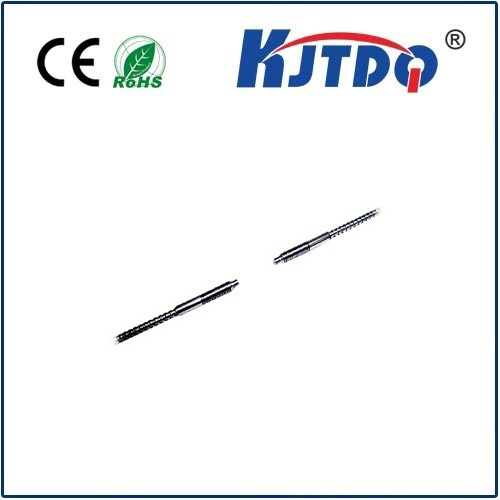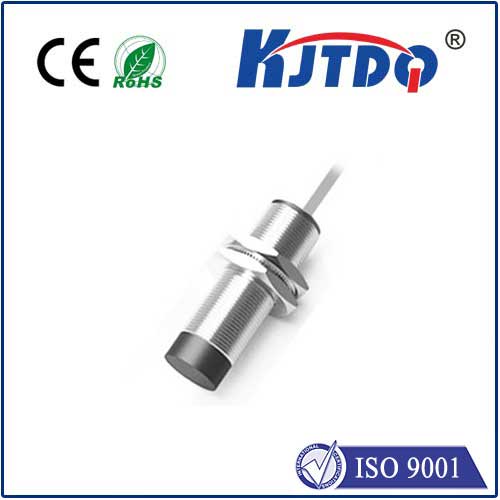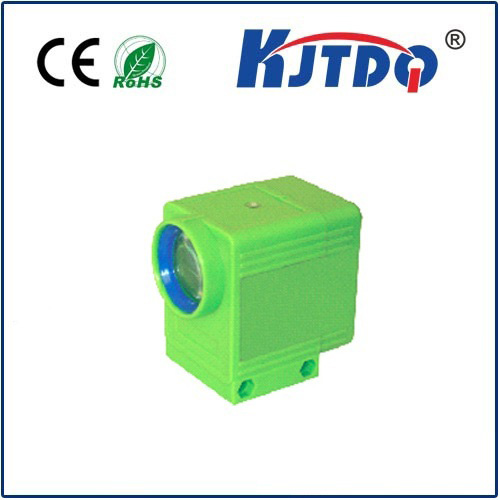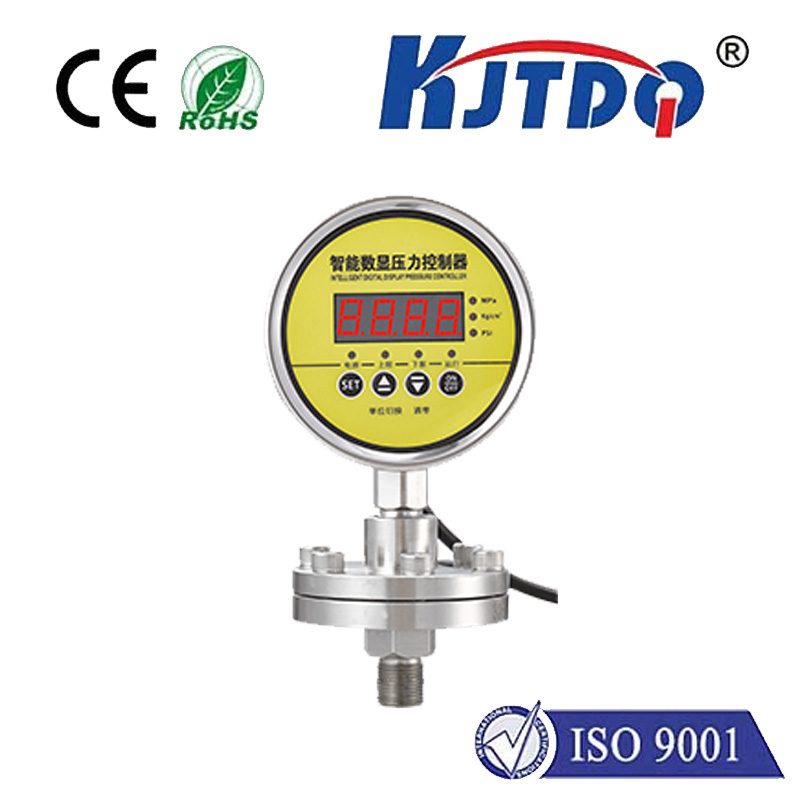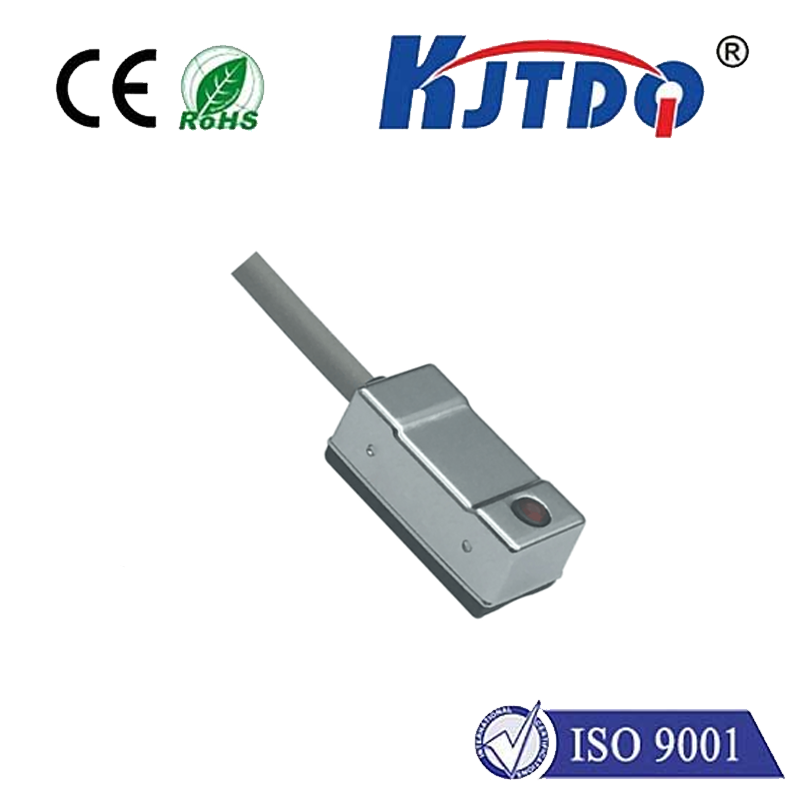laser sensor distance 0.01 tolerance
- time:2025-09-11 05:06:12
- Click:0
Why Laser Sensors With 0.01mm Tolerance Are Revolutionizing Precision Measurement
Imagine needing to measure the thickness of a human hair, position a delicate microchip component, or ensure the flawless alignment of aerospace parts. Standard tools fall short; you enter the realm where microns matter. This is where laser distance sensors boasting a staggering 0.01mm tolerance become indispensable. These aren’t just instruments; they are the cornerstones of modern ultra-precision engineering, enabling feats once thought impossible. Demanding such tight tolerances pushes the boundaries of what’s achievable, reshaping manufacturing, robotics, and quality control across countless industries.
Understanding Laser Distance Measurement and Tight Tolerances
Laser sensors operate on the principle of emitting a focused beam of light and analyzing the reflected signal. Techniques like time-of-flight (measuring the beam’s round-trip time) or triangulation (calculating distance based on the reflected beam’s angle) translate this data into precise distance values. Tolerance – in this context, 0.01mm (10 microns) – refers to the permissible variation or uncertainty in that measured distance value. Achieving such minimal deviation signifies exceptional sensor performance. It means the sensor consistently reports the true distance within a band of plus or minus 0.01mm, a level of accuracy thinner than a sheet of standard printer paper.
The Driving Forces Behind Sub-Millimeter Precision

Why is such extreme precision crucial? Several factors converge:
- Miniaturization: In electronics manufacturing (semiconductors, micro-optics), medical device fabrication, and nanotechnology, components are shrinking. Positioning and inspecting features measured in microns requires sensors that can reliably resolve differences at the same scale or smaller. A 0.01mm tolerance ensures processes like wire bonding or silicon wafer alignment happen flawlessly.
- Quality Assurance Demands: Industries like aerospace, automotive (especially for engines and transmissions), and precision machining demand parts manufactured to incredibly exacting specifications. Laser sensors with ultra-tight tolerances provide the non-contact measurement capability needed for rigorous in-line inspection, detecting deviations invisible to the human eye or less precise instruments. This prevents costly rework or catastrophic failures downstream.
- Robotic Precision: Advanced robotics, particularly in automated assembly and bin picking applications, rely heavily on laser sensors for guidance and feedback. Achieving smooth, accurate movements and delicate part handling necessitates knowing the robot’s position relative to its target with minimal error. 0.01mm tolerance sensors provide the real-time, high-fidelity data essential for this level of robotic dexterity.
- Process Optimization: In applications like controlling wafer thickness during polishing or monitoring material deposition, incredibly precise laser measurements enable real-time feedback systems that constantly adjust parameters. Maintaining tolerances within 0.01mm can significantly improve yield rates and material efficiency.
The Technical Challenges of Achieving 0.01mm Tolerance
Delivering measurements with sub-millimeter accuracy consistently is no small feat. Several factors must be meticulously controlled:
- Optical Quality: Imperfect lenses, diffraction effects, or misalignment within the sensor optics can distort the laser beam, introducing significant error. High-end sensors use premium optics and precise calibration.
- Signal Processing Prowess: Extracting the true distance signal from noise, especially over longer distances or on challenging surfaces (dark, shiny, translucent), requires sophisticated algorithms. Advanced digital signal processing (DSP) is critical for maintaining 0.01mm accuracy under real-world conditions.
- Environmental Stability: Temperature fluctuations, vibrations, airborne particulates, and humidity can subtly affect the sensor’s internal components or the laser beam’s path. Sensors designed for high precision often incorporate temperature compensation and robust housings to mitigate these effects.
- Calibration Imperative: Even the best sensors drift over time or due to harsh environments. Regular, traceable calibration against known standards is absolutely essential to guarantee the ongoing validity of the 0.01mm tolerance. Without it, the specified accuracy cannot be trusted.
- Target Surface Properties: While less impactful on the best sensors, highly reflective, transparent, or very dark surfaces can still pose challenges. Sensor selection must consider the specific application surface.
Real-World Impact Across Industries
The applications leveraging this level of precision are vast and transformative:
- Microelectronics & Semiconductor: Aligning photolithography masks, inspecting wafer flatness and thickness variations, placing microscopic components. A 0.01mm deviation here could render a chip useless.
- Precision Machining & Metrology: Verifying the dimensions of critical engine components, turbine blades, or medical implants to ensure they meet stringent specifications. High-tolerance laser scanners capture complex 3D geometries for quality control.
- Industrial Automation & Robotics: Enabling robots to perform delicate assembly tasks, precisely guide welding paths within fractions of a millimeter, or reliably identify and pick small parts from bins. Non-contact laser feedback is key.
- Additive Manufacturing (3D Printing): Monitoring layer height, detecting warping, and in-situ inspection during metal or high-resolution polymer printing rely on precise laser sensors to ensure dimensional accuracy of the final part.
- Photonics & Optics: Aligning lenses, fibers, and laser diodes within intricate optical assemblies where micron-level misalignment drastically impacts performance.
Calibration: The Non-Negotiable Foundation
A laser sensor claiming 0.01mm tolerance is only as good as its last calibration. Calibration involves comparing the sensor’s output against a highly accurate reference standard (like gauge blocks traceable to national standards) under controlled conditions. This process verifies the sensor’s accuracy across its measurement range and corrects any detected drift. Regular calibration intervals, dictated by usage intensity and environmental conditions, are critical. Relying on an uncalibrated sensor for ultra-precision work negates the value of its specified tolerance.
The relentless pursuit of 0.01mm tolerance in laser distance sensing represents a significant engineering achievement. By overcoming optical, electronic, and environmental challenges, these sensors provide the bedrock of precision needed for the technologies shaping our modern world. From enabling the smartphones we use to ensuring the safety of aircraft we fly in, the impact of maintaining distances within ten microns resonates far beyond the sensor itself. Accepting nothing less than 0.01mm accuracy drives innovation, quality, and efficiency to previously unimaginable heights, truly revolutionizing the meaning of precision measurement.







